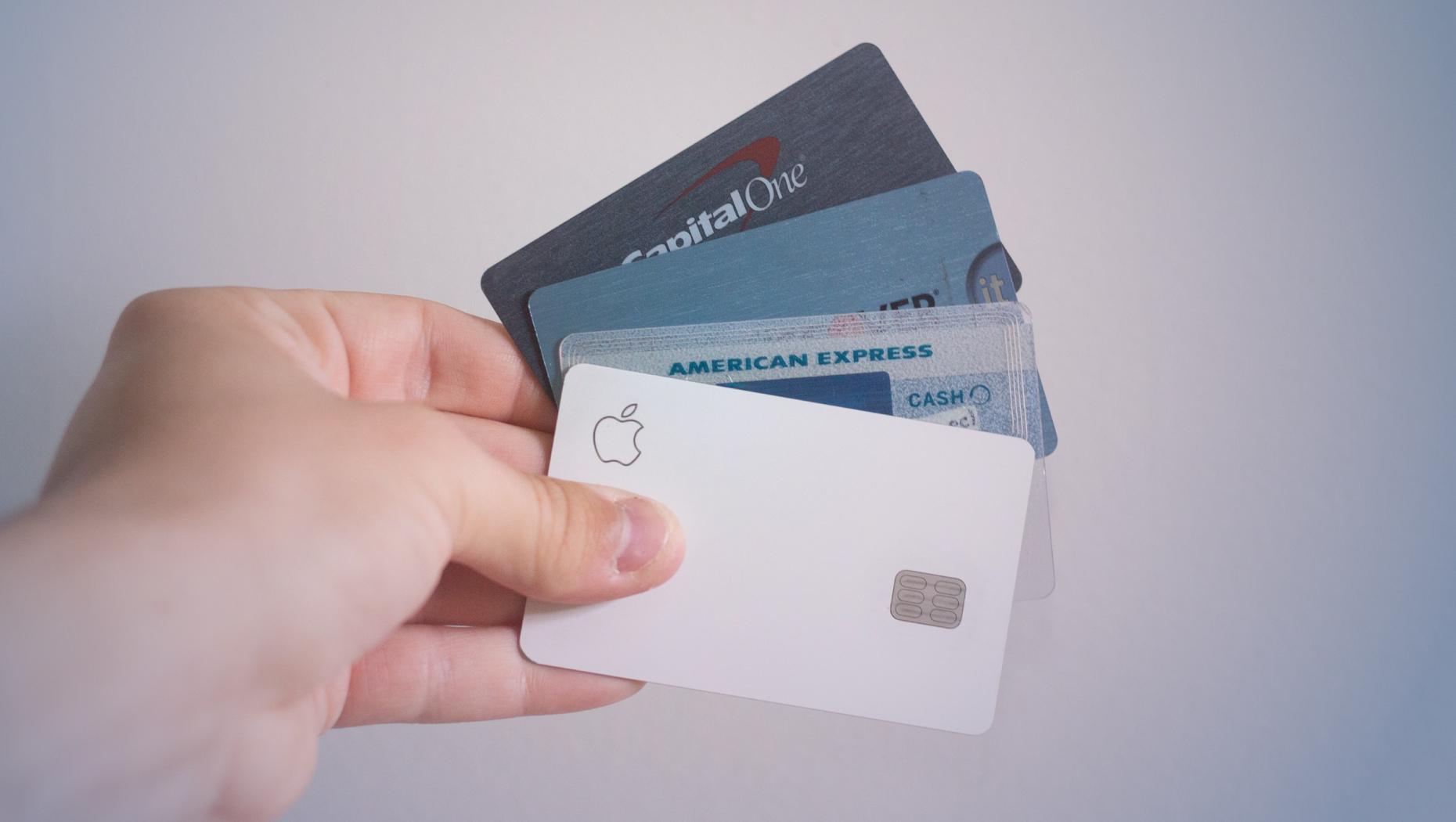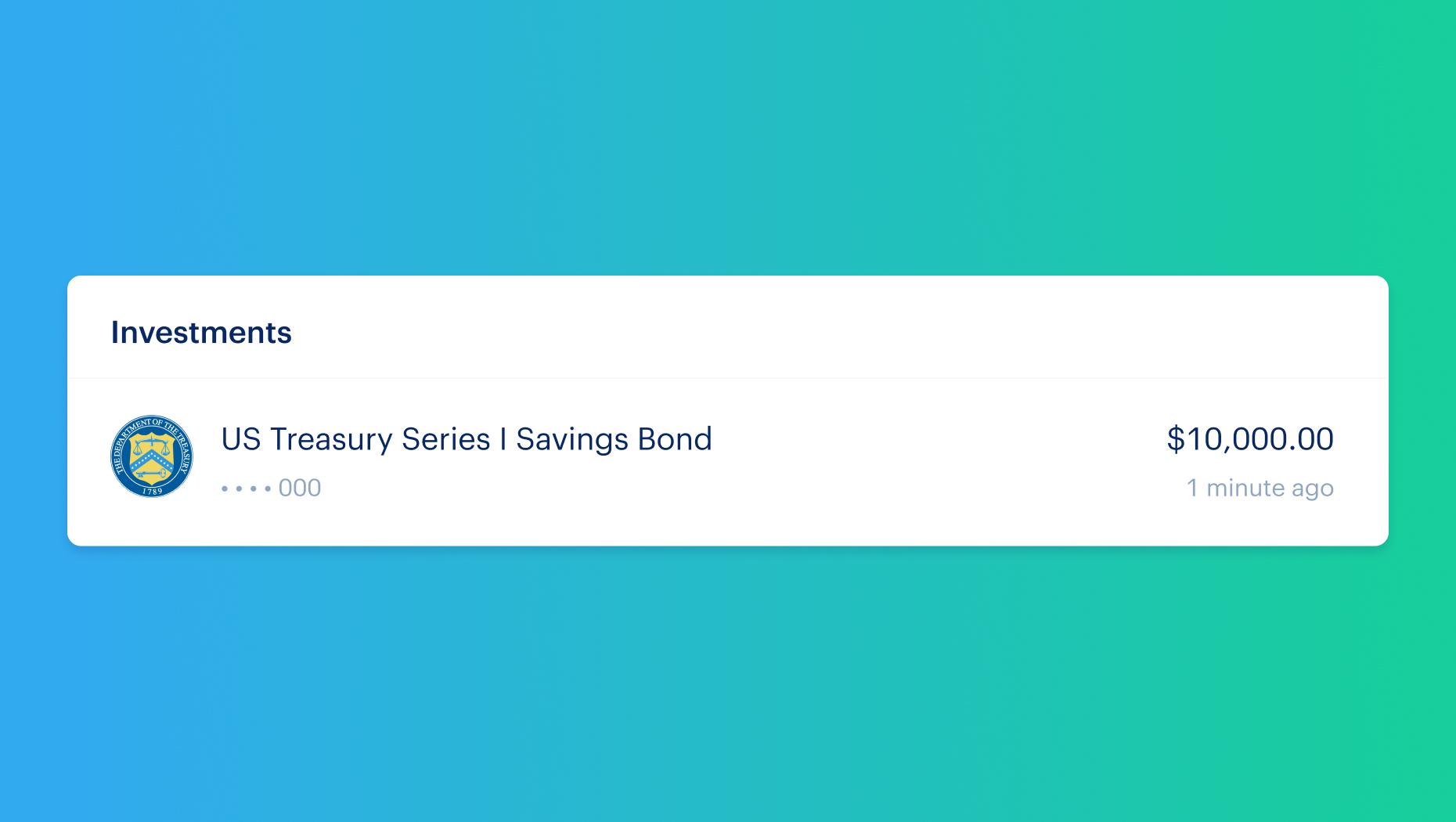Paying off credit card debt can feel overwhelming, especially in an increasingly expensive world. High inflation and rising interest rates can make it even harder to manage your debt.
Fortunately, paying down your credit card debt is possible with the right strategies. If you’ve been wondering how to pay off credit card debt, this article will show you how to do it as quickly and efficiently as possible.
The Problem With Credit Card Debt
Credit card debt is often the result of expenses outpacing income over time, whether it be everyday spending or larger expenses like medical care, car repairs or travel. Once you start accruing credit card debt, interest costs stack on top of spending and can make it increasingly challenging to pay off your credit card debt.
The average interest rate on a credit card is 16.27%. According to the Consumer Financial Protection Bureau (CFPB), Americans pay roughly $120 billion per year in credit card interest charges and fees.
Let’s say you’re carrying a balance of $5,000 on a credit card with an 18% interest rate and a minimum payment of $100 per month. Monarch’s debt pay off calculator shows that it’ll take you until May 2030 to pay off the card, and you’ll pay over $4,000 in interest charges.
How the Fed Affects Credit Cards Interest Rates
The Federal Reserve raises and lowers interest rates based on current market conditions. Fluctuating interest rates don’t affect fixed-rate loans, like a 30-year fixed mortgage, but can impact revolving debt like credit cards. So if interest rates go up, the interest rate on your credit card is likely to rise.
But according to the CFPB, your credit card issuer isn’t usually allowed to raise your interest rate within the first year you open the account. After that, your credit card issuer must give you 45 days notice of a rate increase, and the increase usually only applies to new transactions.
How Credit Card Debt Impacts Your Credit Score
Credit card debt can also negatively impact your credit score if your credit utilization rate is high or you regularly miss payments. And a low credit score will make it harder to qualify for a mortgage or auto loan and get the best rates. So, it’s important you make a debt tracking and reduction plan. Below we’ll take a look at the best way to pay off credit card debt.

7 Steps to Pay Off Your Credit Card Debt
There is no one right way to pay off your credit card debt, and the exact strategy you use will depend on your goals and current financial situation. That said, we’ve put together some best practices to help you get out of credit card debt as efficiently as possible and help you stay out of credit card debt for good.
1. Save an Emergency Fund
It’s only a matter of time until an unexpected expense pops up — you get a flat tire on the way home from work or receive a surprise medical bill. And if you don’t have any savings to fall back on, it’s easy to rely on credit cards.
So before you start paying down your credit, save up one month’s take-home pay in a separate savings account. This money will serve as your emergency fund, giving you the cash to cover any unplanned expenses.
If you have to dip into your emergency fund, try to replenish those funds as soon as possible. Having an emergency fund ensures that you don’t go back to relying on credit cards when things get tight financially.
2. Stop Using Your Credit Cards
Consider switching to a debit card or cash for daily expenses while paying off your credit cards. This will prevent you from adding to your debt and help you get more clarity on your spending.
Take your credit cards out of your wallet and keep them somewhere safe where you can’t easily access them. However, it’s not a good idea to close your credit card accounts as that could negatively impact your credit score.
Closing your credit card accounts will increase your credit utilization rate, which is the percentage of total credit you’re using. Your credit utilization rate accounts for 30% of your FICO score, so closing credit cards could hurt your credit.
3. Automate Your Monthly Payments
Regardless of your debt reduction strategy, it’s important to continue making the minimum payments on all your credit cards on time. Sign up for autopay with your credit card issuers to automate minimum payments. This will help you avoid both late payments that could damage your credit and late fees which add up over time.
4. Pay More Than the Minimum Payments
Remember the example we used earlier about how much you’ll pay in interest making only minimum payments on $5,000 in credit card debt? Let’s say the interest rate stays the same, but you increase your monthly payment from $100 to $125.
| Interest Charges | Payoff Date |
$100 monthly payment | $4,019.93 | May 2030 |
$125 monthly payment | $2,508.85 | November 2027 |
As you can see, just by adding $25 to your monthly payments, you’ll pay off your debt two and a half years earlier and save yourself $1,511.08 in interest charges. Even putting a little additional money toward your debt can make a big difference.
5. Start Tracking Your Spending
How much extra money you can put toward your debt depends on your earnings and monthly budget. Create a budget and start tracking your monthly spending if you haven't already. It’s important to understand how much you’re spending before you can make real progress on your debt.
Once you have a better idea of your spending habits, start looking for areas you can spend less. Are there any unnecessary subscriptions you can cut? Could you start eating out less and making food at home instead? Reducing spending will allow you to make more progress on your credit card debt.
6. Consider a Balance Transfer Card
If you still have good credit despite your debt, you may qualify for a balance transfer card with an introductory 0% APR. This introductory offer usually lasts anywhere from 6 to 21 months and can be an excellent way to save on interest for the duration of the offer.
But it’s a good idea to consider how long it will take to repay your debt compared to the promotional period. If the promotional period ends before you’re done repaying your debt, find out what the new interest rate will be. You don’t want to get stuck with an even higher interest rate than you already have.
7. Choose a Debt Pay Off Strategy
Both the debt avalanche and the debt snowball method can be excellent ways to pay off multiple credit cards. We’ll explain both methods and help you decide which one is the best fit for you.
The debt avalanche method is the best debt payoff strategy from a financial perspective — it involves paying off the card with the highest interest rate first. You’ll put any extra money toward that card and pay the minimum balance on everything else. Once that card is paid off, redirect those funds toward the card with the next highest interest rate.
By focusing on the debt with the highest interest rate, you’ll save more money over time on interest charges and see your debt decrease faster. However, if the credit card with the highest interest rate also has the highest balance, it may not feel like you’re making as much progress, and it could be hard to stay motivated.
In comparison, the debt snowball method focuses on paying off the card with the smallest balance first. The advantage of the debt snowball method is that it allows you to get a quick win (or two or three) by paying off some smaller balances relatively quickly. This strategy can help you build and maintain momentum, but you may end up paying more in interest over time.
No matter which strategy you choose, focus on making extra payments on only one card at a time. By concentrating your efforts this way, you’ll see progress faster and maximize your results.
If your debt payoff strategy will take more than a year, it’s a good idea to set milestones along the way. For instance, your first milestone could be to pay $1,000 off your credit card debt. Make sure to celebrate each milestone you hit and then focus on the next one.
The Bottom Line
Paying down credit card debt isn’t easy, but it is possible with the right strategies in place. Using an app like Monarch can help you manage your monthly budget, track your spending, and come up with a plan to reach your financial goals. That way, you have the tools to get out of debt and continue improving your finances and building wealth.
FAQs
What is the smartest way to pay off debt?
The debt avalanche and debt snowball methods are effective ways to get out of debt. The debt avalanche focuses on paying down the debt with the highest interest rate first, while the debt snowball method focuses on the debt with the smallest balance first. The right debt reduction strategy depends on your goals and which strategy will keep you motivated.
How do I calculate my total amount of debt?
There are a couple of different ways you can track your outstanding debt. First, you can request a copy of your credit report from the three major credit bureaus at AnnualCreditReport.com. You can use this information to calculate your total outstanding debt.
Using a personal finance app to track your outstanding debt is also a good idea. You can use Monarch to gather all of your financial data in one place.
Will paying off debt improve my credit score?
Paying down your debt will improve your credit utilization rate, which accounts for 30% of your FICO score. So yes, paying off debt can improve your credit score over time. Making minimum payments on time consistently will also increase your credit score.


